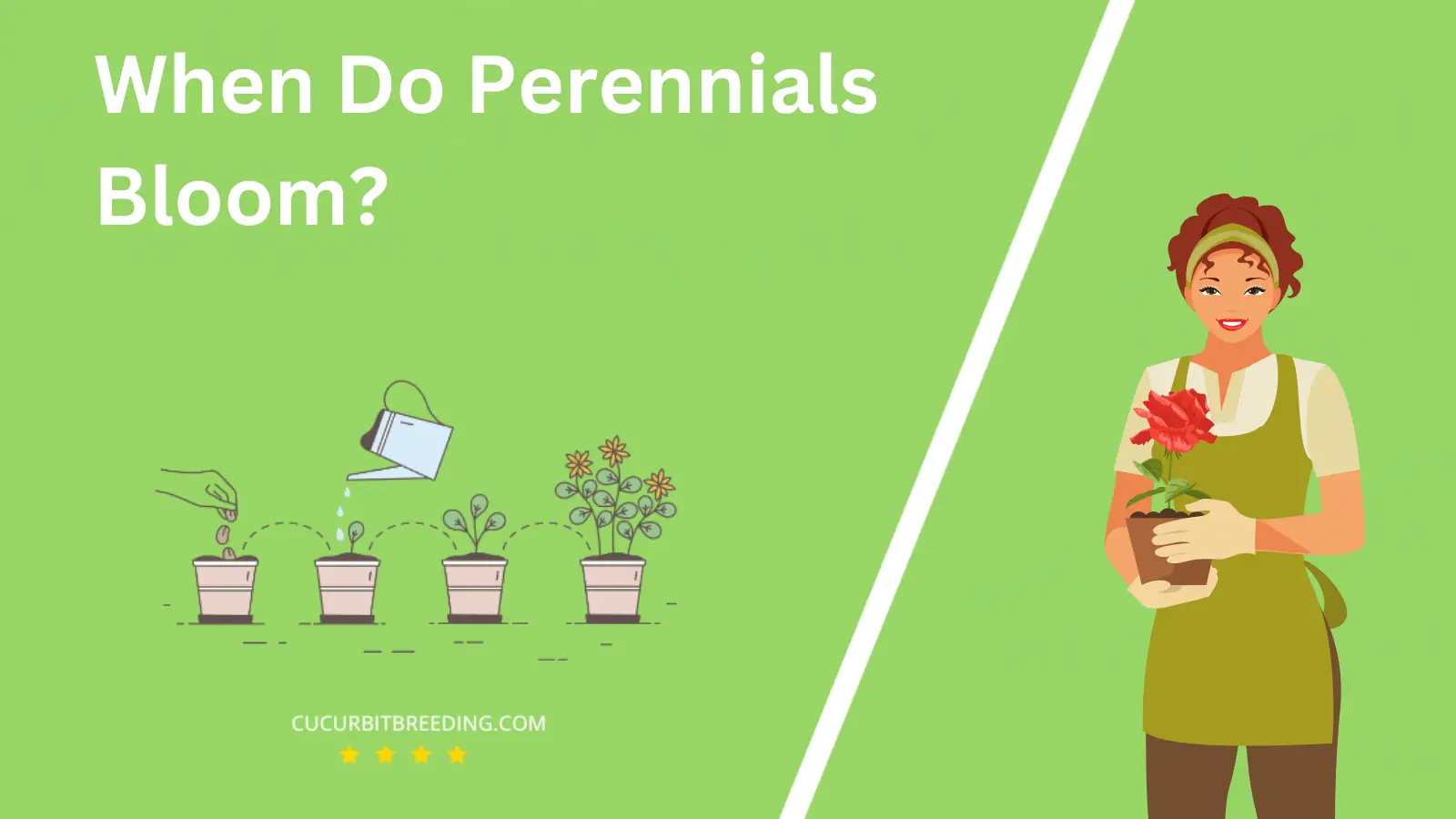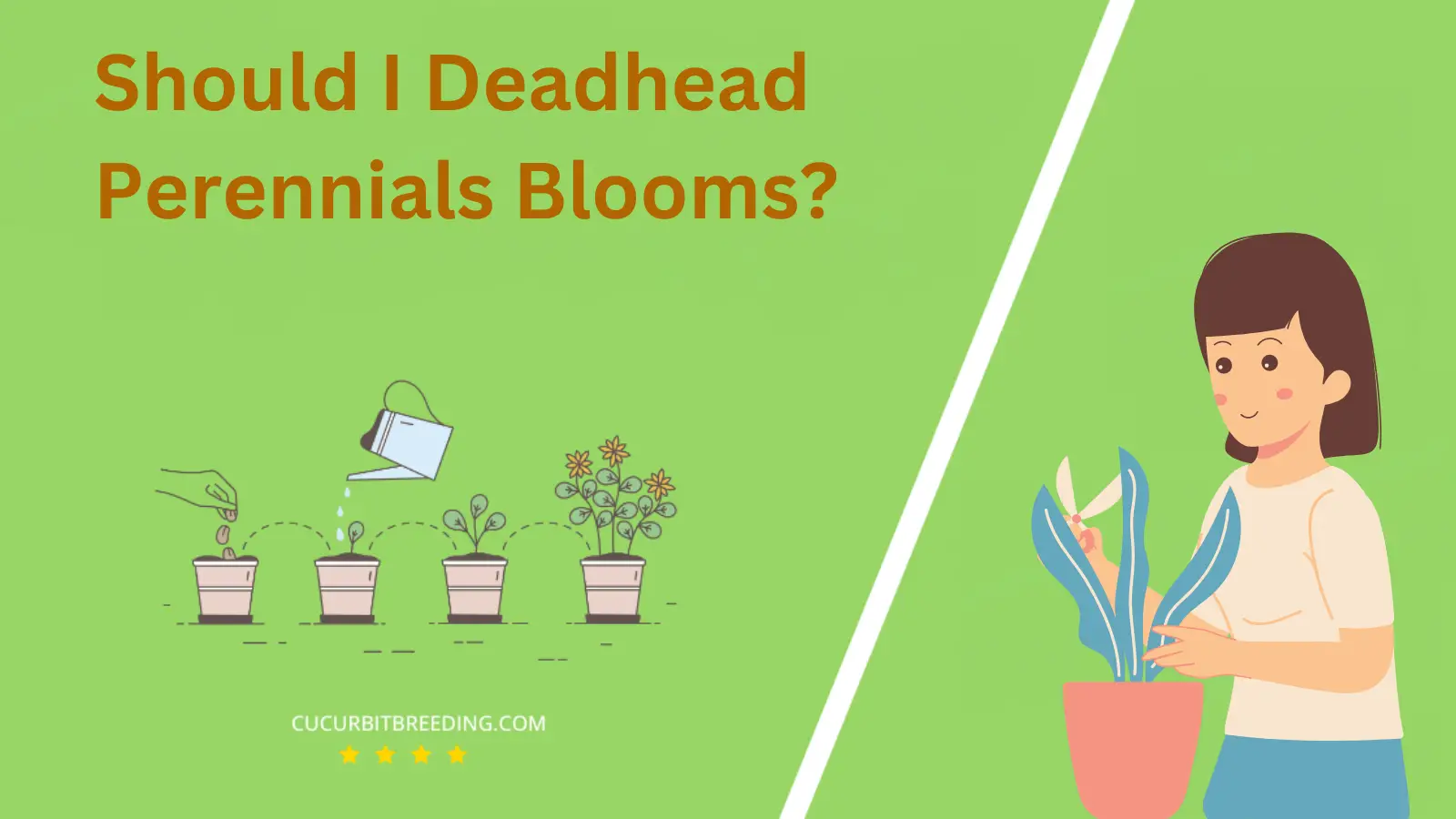
Ever wondered, when do perennials bloom? These enduring plants, renowned for their ability to reappear year after year, hold a special charm in any gardener’s heart.
Understanding their blooming cycle is key to creating a vibrant, visually pleasing garden. Let’s delve into the captivating world of perennials and their unique blooming patterns.
When Do Perennials Bloom?
Perennials bloom at different times depending on the species. Some bloom in the spring, others in the summer, and a few even in autumn. The specific timing of perennial blooming depends on the type of plant and its natural growth cycle, as well as external factors such as climate and soil conditions. It’s important to research the specific perennials you have or are planning to plant to understand their blooming schedule.
| Stage | Description |
|---|---|
| Germination | Varies (depending on species) |
| Growth | Spring (March, April, May) |
| Blooming | Varies by plant (see table) |
| Dormancy | Winter (December-February) |
How Long Do Perennials Bloom?
Perennial plants have a blooming period that largely depends on the specific type of plant. However, most perennials typically bloom for a period of approximately 3 to 4 weeks. Some, like Daylilies, bloom only for a single day, while others, like the Coneflower, can bloom for several months. It’s important to note that the growing conditions, such as sunlight, soil type, and climate, greatly influence the blooming period of perennials.
How Light Affects Perennials Blooms?
Light significantly affects the blooming of perennials. Perennials, like most plants, require light for photosynthesis, a process that provides the energy they need to grow and bloom. Most perennials need full sunlight, which is at least six hours of direct sunlight each day, to produce the most abundant and healthiest blooms. However, some perennials can tolerate partial shade, but this may impact the number and quality of their blooms.
Conversely, too much intense light or heat can also be detrimental, potentially leading to sunburn or stress in the plant, which may negatively affect blooming. Therefore, it’s essential to consider the light requirements specific to each perennial species to ensure optimal blooming conditions.
Will Perennials Bloom the First Year You Plant Them?
Whether perennials bloom in the first year you plant them depends on the specific type of plant and its growth cycle. Some perennials do bloom in their first year, while others may take a year or two to establish themselves before they start flowering.
Will Perennials Bloom Every Year?
Yes, perennials are known to bloom every year. These plants have a lifecycle that exceeds two years. After their initial blooming period, they typically retreat during the colder months, only to return and bloom again when the conditions are favorable. This pattern repeats year after year, making them a popular choice for gardeners seeking a sustainable and vibrant garden.

Should I Deadhead Perennials Blooms?
Yes, you should deadhead perennial blooms. Deadheading is the process of removing spent flowers from plants. It is a beneficial practice as it encourages perennials to produce more blooms, prolongs the blooming period, and generally enhances the plant’s overall appearance. However, it is also important to note that not all perennials respond to deadheading in the same way, so it’s essential to research specific plant needs.
Top Reasons Mature Perennials May Stop Flowering

Perennials may stop flowering for several reasons. Insufficient sunlight is a common cause, as most perennials need at least six hours of sun each day to bloom. Another reason could be overcrowding where perennials are too close together, preventing them from getting the nutrients they need.
Additionally, improper pruning can lead to a lack of flowers, as it may remove the parts of the plant that produce blooms. Inadequate or excessive watering can also result in a lack of flowering, as perennials need a balanced amount of water to thrive.
Lastly, poor soil quality could be preventing your perennials from flowering. If the soil lacks the necessary nutrients or has poor drainage, it can hinder the plant’s ability to produce blooms.